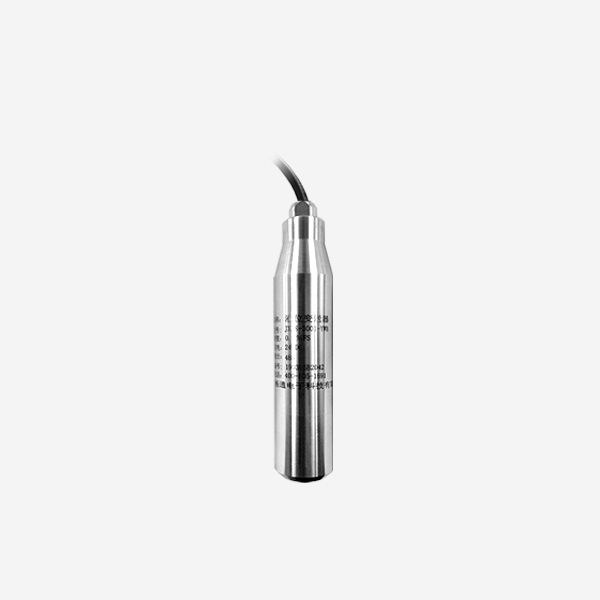In this article, we will explore how IoT water level sensors are revolutionizing agricultural irrigation and improving crop yield.
What are IoT Water Level Sensors?

IoT (Internet of Things) water level sensors are devices that use advanced technology to monitor water levels in real-time. These sensors are designed to provide accurate data on water levels, water quality, and other environmental factors that impact crop growth. IoT water level sensors can be easily installed in a variety of agricultural settings, including irrigation canals, reservoirs, and wells, making them a valuable tool for farmers.
Revolutionizing Agricultural Irrigation
Traditionally, farmers have relied on manual methods to measure water levels. This means physically checking the water level in irrigation canals or wells, which can be time-consuming and inefficient. IoT water level sensors revolutionize this process by providing accurate, real-time data on water levels and other environmental conditions.

By using IoT water level sensors, farmers can optimize their irrigation schedules to improve crop yield and reduce water waste. The sensors provide valuable insights into the amount of water required by crops at different stages of growth, ensuring that they receive the optimal amount of water. This helps farmers to conserve water resources while also improving the quality and quantity of their crops.
Benefits of IoT Water Level Sensors in Agriculture
Increased Efficiency
IoT water level sensors significantly increase irrigation efficiency and reduce wastage. By providing real-time data, farmers can adjust their irrigation schedules based on crop needs and prevent over or under-watering. This results in less water wastage and better crop yields.
Cost Savings
Using IoT water level sensors can save farmers money by reducing water usage and increasing crop yields. In addition, these sensors require little maintenance, reducing the cost of labor and repairs.

Better Crop Quality and Yield
IoT water level sensors help farmers optimize irrigation schedules, ensuring that crops receive the optimal amount of water at the right time. This results in better crop quality and higher yield.

Environmental Benefits
By reducing water usage, IoT water level sensors help conserve water resources, reducing the environmental impact of agricultural practices. This also helps to minimize the negative effects of climate change on agriculture.
Conclusion
IoT water level sensors are revolutionizing the agricultural industry by providing data-driven insights into irrigation management. By using these sensors, farmers can reduce water wastage, save costs, improve crop yields and quality, and minimize the environmental impact of their practices. With the ongoing challenges of water scarcity and climate change, IoT water level sensors offer a valuable solution for farmers looking to optimize their irrigation practices and ensure the long-term sustainability of their businesses.